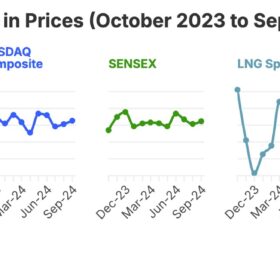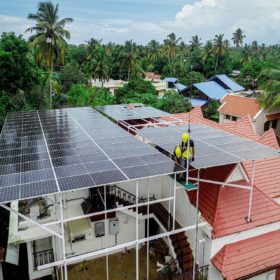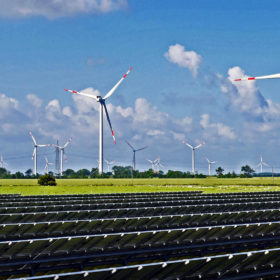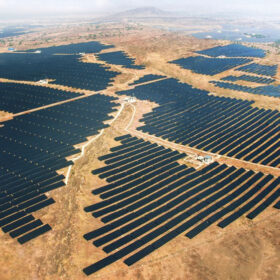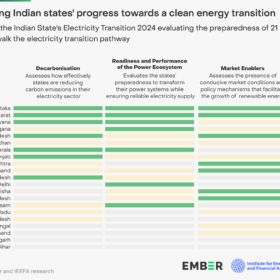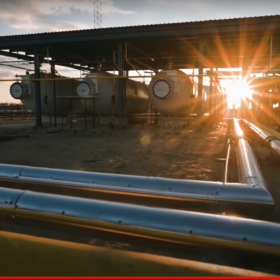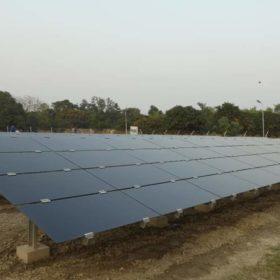India needs to diversify its supply chain for critical minerals: IEEFA
India should invest in resource-rich, friendly nations for sourcing of critical minerals such lithium, cobalt and nickel. The nation should minimise its reliance on imports, especially from countries with a potential trade risk in the future.
Gas price volatility raises questions on its suitability as a bridging fuel: IEEFA
Ongoing changes in global gas demand and supply structures due to geopolitical disturbances and resultant volatility have eroded any economic advantage provided by the fossil fuel.
PM Surya Ghar Yojana: A game changer for residential rooftop solar uptake in India
Pradhan Mantri Surya Ghar Yojana has attracted 13 million registrations and 1.8 million applications in first six months of its launch, leading to about 1.8 GW of new residential rooftop solar installation.
Budget 2024-25: Key highlights and analysis
Employment creation and skill development have been at the core of this budget. While there is a lot of emphasis on skill development, there needs to be an emphasis on how money is allocated for skilling and reselling of people for the clean energy sector.
Delhi’s peak power demand grew 3.8 times faster on hot and humid days than on moderate days in the last 12 months: IEEFA
Also, hot and humid days nearly doubled in the 12-month period till June 22, 2024 compared to the corresponding period in 2022-23, according to a new briefing note by the Institute for Energy Economics and Financial Analysis (IEEFA).
Coal share in India’s installed power capacity drops below 50%
Coal’s share (including lignite) in India’s total installed power capacity dropped below 50% in the first quarter of 2024. This is well ahead of the Government’s target to establish 50% cumulative power generation capacity from non-fossil fuel-based sources by 2030.
From Mumbai to Bondi
Economic cooperation between India and Australia may open doors for investment in clean energy technology but challenges still abound in a competitive global market. Vibhuti Garg and Shantanu Srivastava, of the Institute for Energy Economics and Financial Analysis, discuss the role that public funding and resource pooling could play in supporting manufacturing ambitions.
Gujarat, Karnataka top performing Indian states in transition to clean electricity
A new report says that while the national-level transition towards clean electricity is progressing well in India, it is far more uneven at the state level. It highlights the need for states to strengthen regulatory frameworks and develop transition plans.
India’s $2.1 billion green hydrogen programme off to a good start but there’s room for improvement
While the Strategic Interventions for Green Hydrogen Transition (SIGHT) programme is a vital first step, it can be finetuned to generate interest among start-ups and global players.
Blended finance key to scaling small-scale solar projects
Bringing together private and public capital in a risk-adjusted return structure, is key to scaling up financing for renewable energy assets such as solar mini-grids, says a new report.

